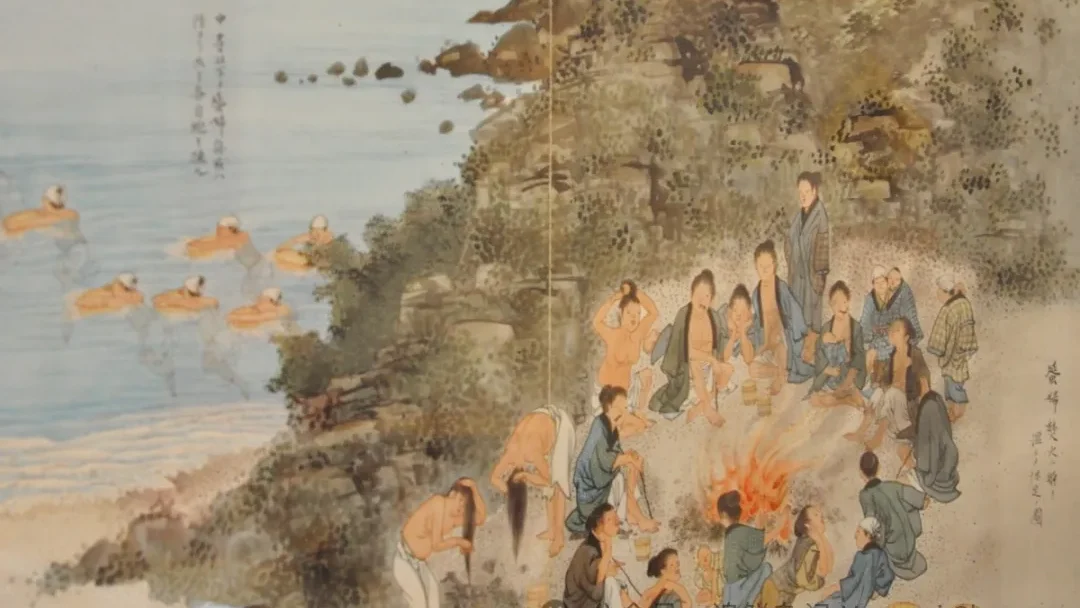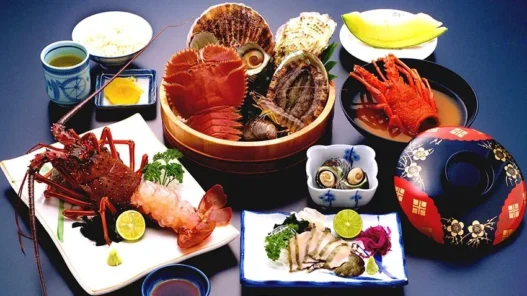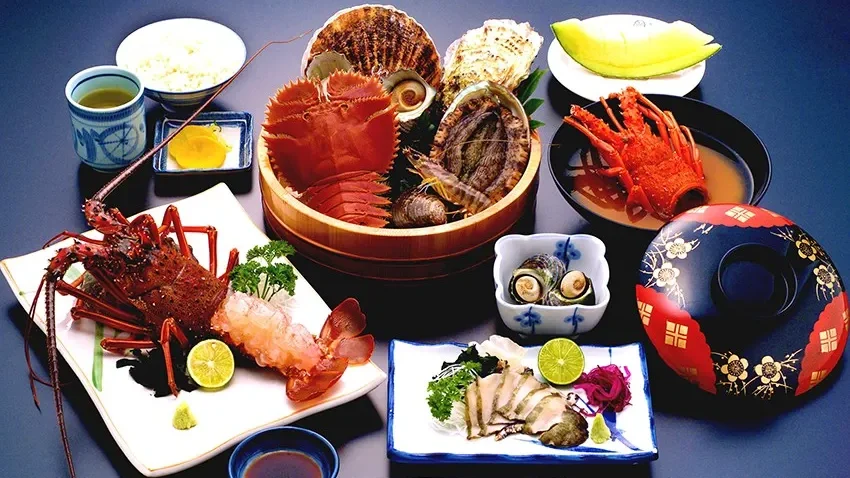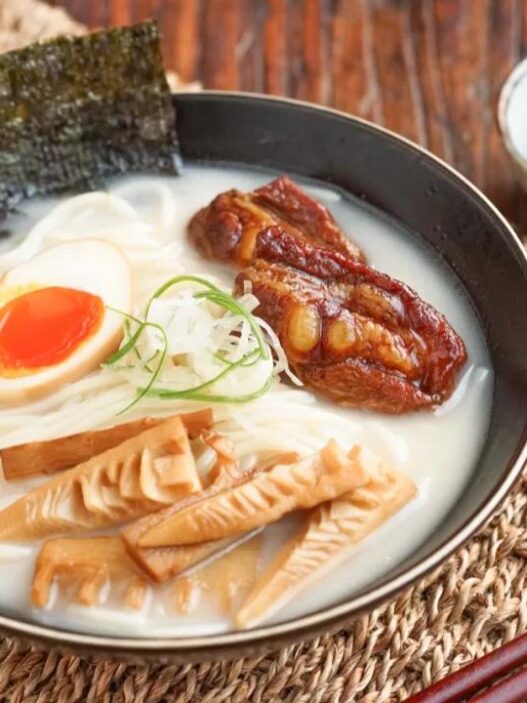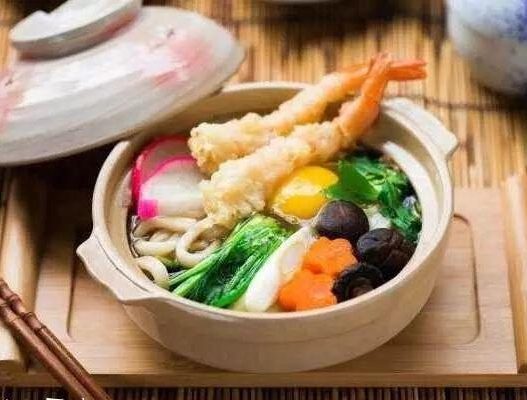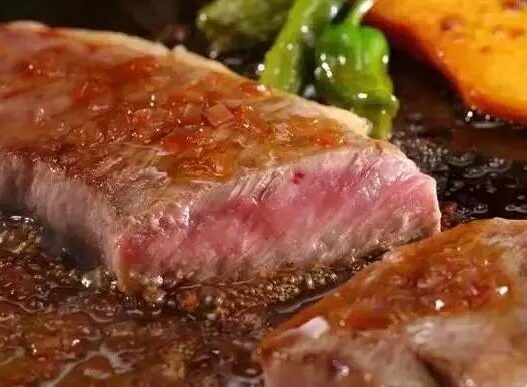During my trip to Shikoku, Japan, I made a special visit to a famous seafood restaurant—Ama Ryori Shishikui—to experience the renowned Ama cuisine firsthand.
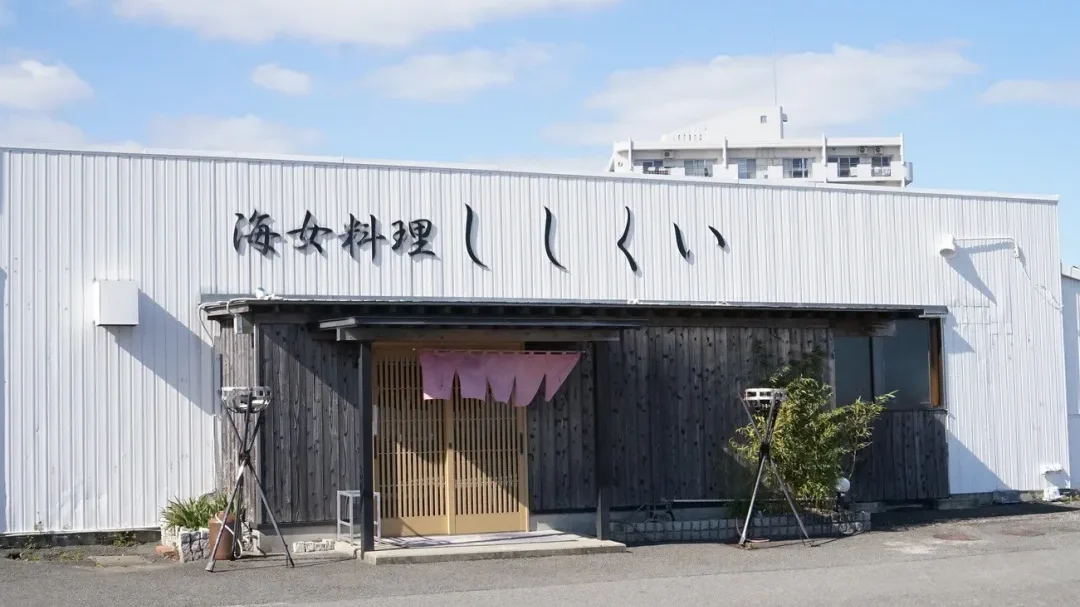
This restaurant is located near the coastal port of Tokushima, far from the bustling city but easily accessible by bus. To ensure a seat at this popular spot, I had my hotel concierge make a reservation in advance.
As the bus slowly traveled along the coastline, I arrived at the restaurant, where I was warmly welcomed and seated after confirming my reservation.
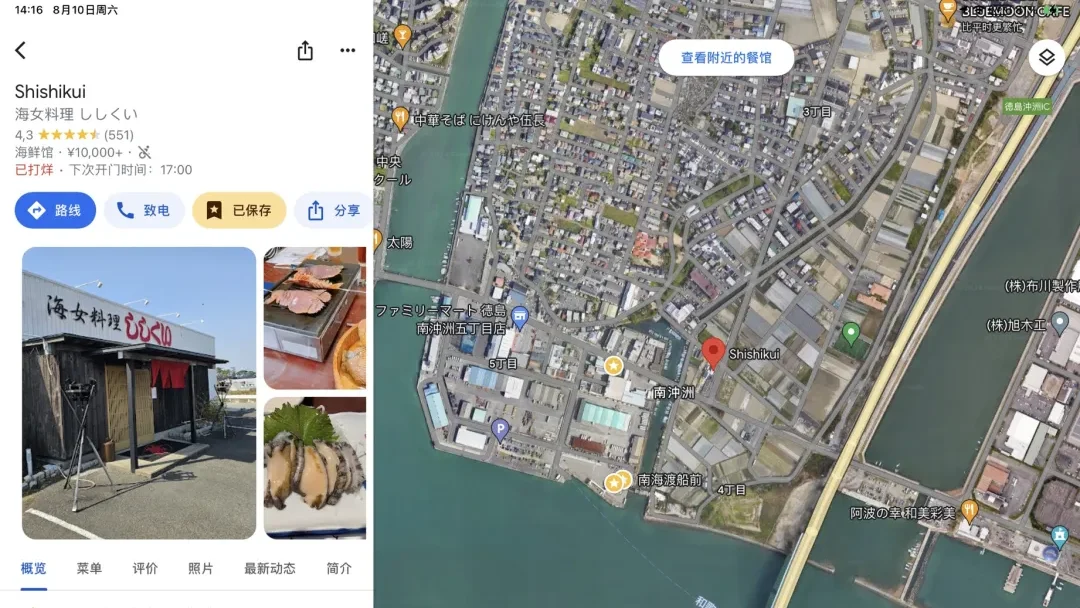
Traditional Japanese Dining Atmosphere
Since the restaurant is outside the city, it has a spacious layout. The seating consists of traditional tatami mats paired with rustic lacquered wooden tables. Each table is equipped with a gas grill and an assortment of condiments, creating a cozy and authentic atmosphere.
The restaurant was packed with locals, from well-dressed businessmen unwinding after work to families enjoying a seafood feast together.
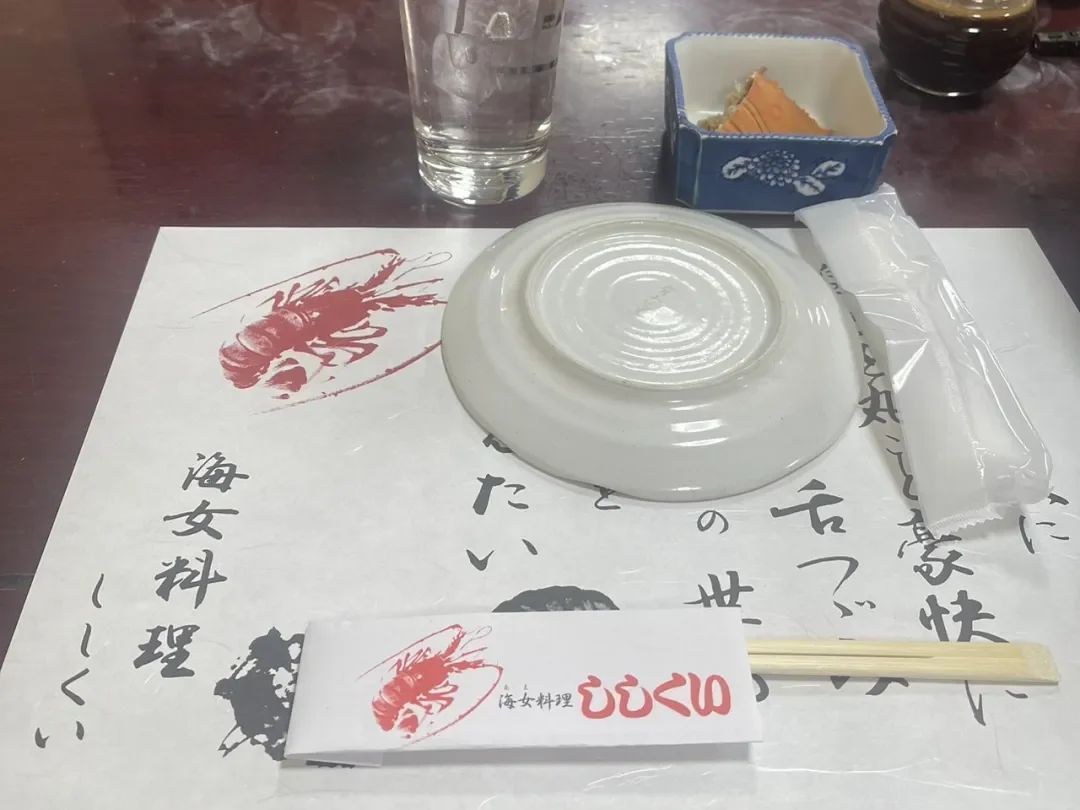
Menu and Pricing
The restaurant offers four set meals: Ume, Take, Matsu, and the most luxurious option, Special Matsu. Even the highest-tier Special Matsu was reasonably priced at just 12,000 yen (approximately $80 USD), including three live Ise lobsters—an incredibly good deal!
I didn’t hesitate and went for the Special Matsu, eager to indulge in an unforgettable meal.
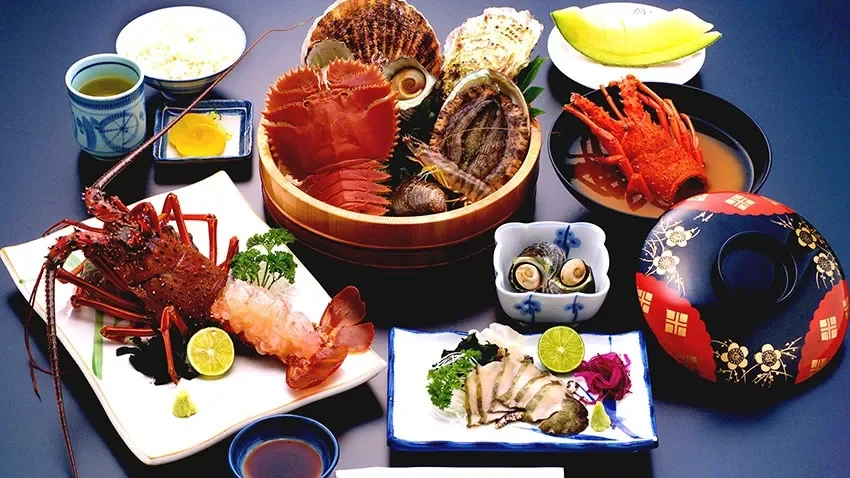
A Spectacular Seafood Feast: Lobster Three Ways
Shortly after ordering, the staff brought out a large basin of freshly caught seafood, still lively and wriggling. One particularly energetic prawn even jumped onto the floor!
First Course: Lobster Sashimi
A skilled server swiftly separated the lobster’s head from its tail. The head was placed on the grill, while the tail was immersed in a special soy sauce blend. Even after being cut, the lobster meat still twitched slightly. The moment it touched my tongue, the sweetness and firm texture exploded with fresh ocean flavor.
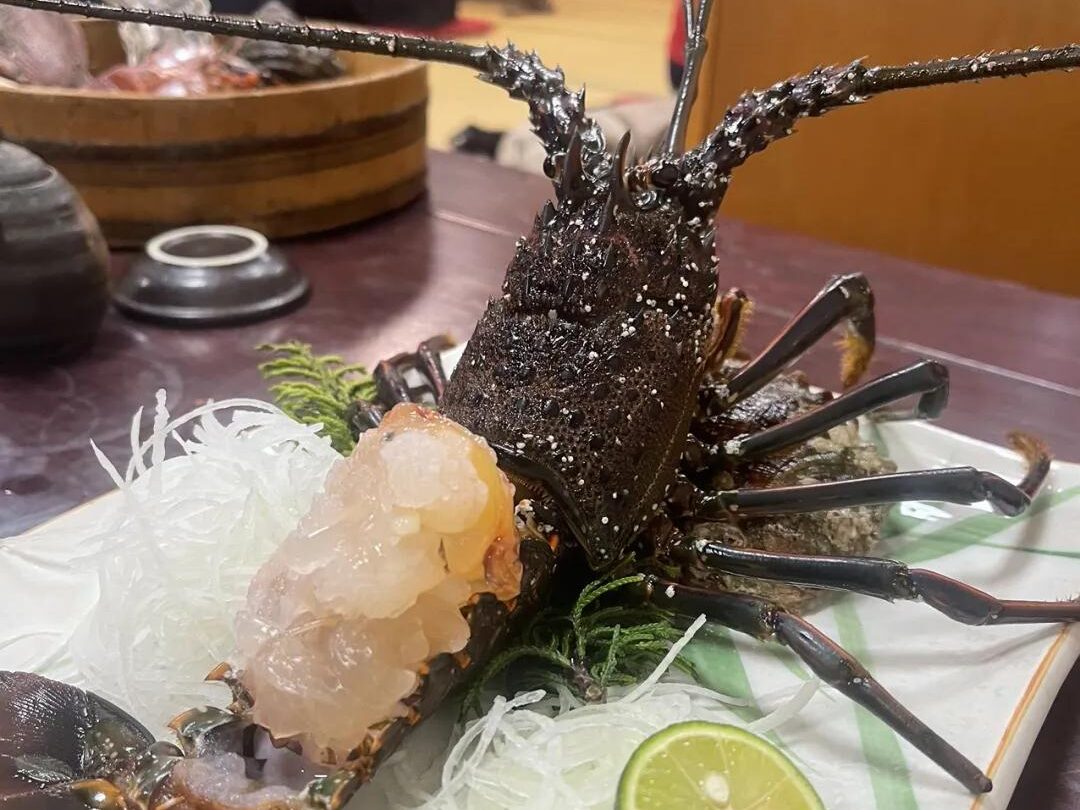
Second Course: The “Cruel” Grilled Lobster
Another live lobster was prepared by inserting a thick metal skewer through its tail to prevent movement, then placed directly on the fire. Its legs and antennae continued to move, making for an intense and unforgettable sight.
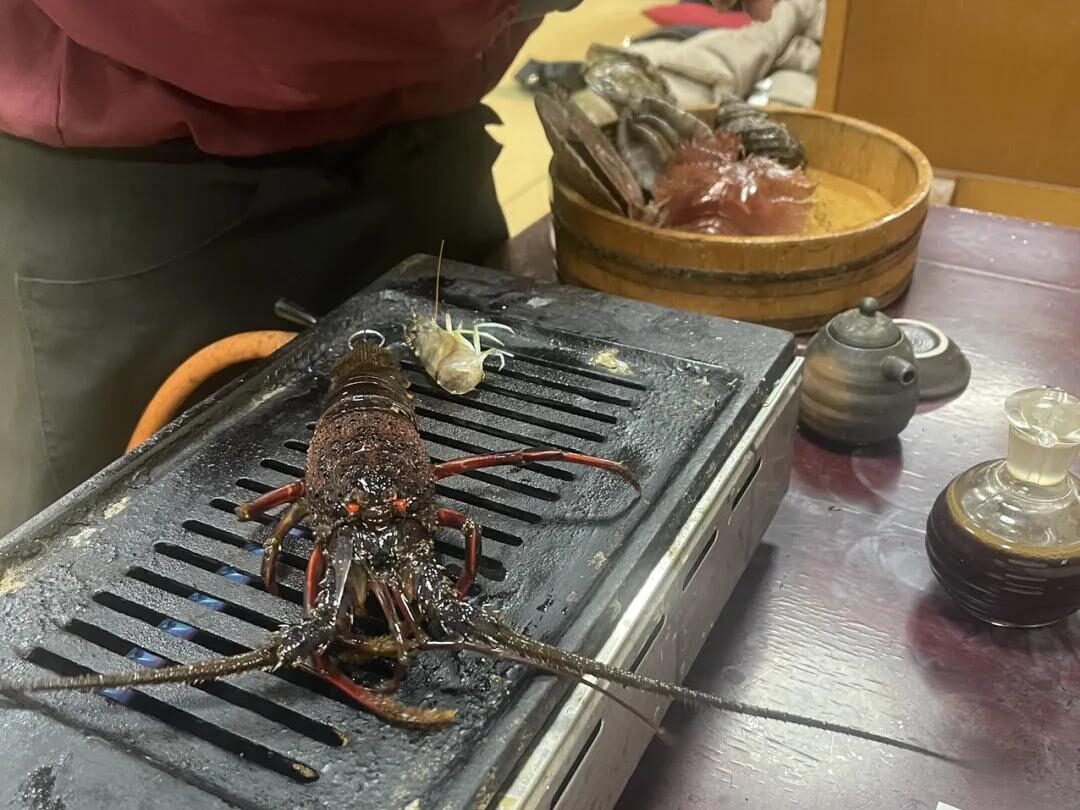
This method, known as “Hama-jima-yaki” or “Zankoku-yaki” (“Cruel Grilling”), involves grilling live seafood over an open flame. The process highlights both the seafood’s vitality and the intensified flavors that emerge as it cooks.
At the same time, a fresh abalone sashimi was served, accompanied by soy sauce and wasabi. The texture was crisp, and the taste was incredibly fresh.
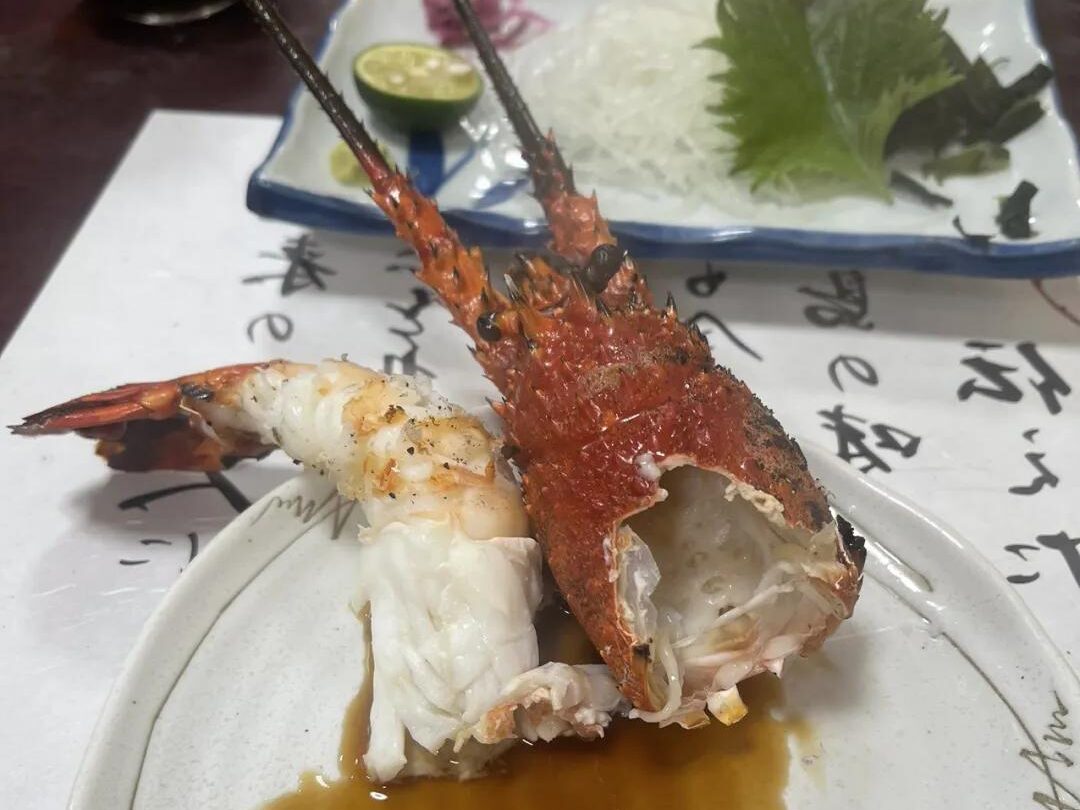
Third Course: Lobster Miso Soup
The final lobster was transformed into a rich and flavorful lobster miso soup, served with rice and small side dishes, providing the perfect ending to the feast.
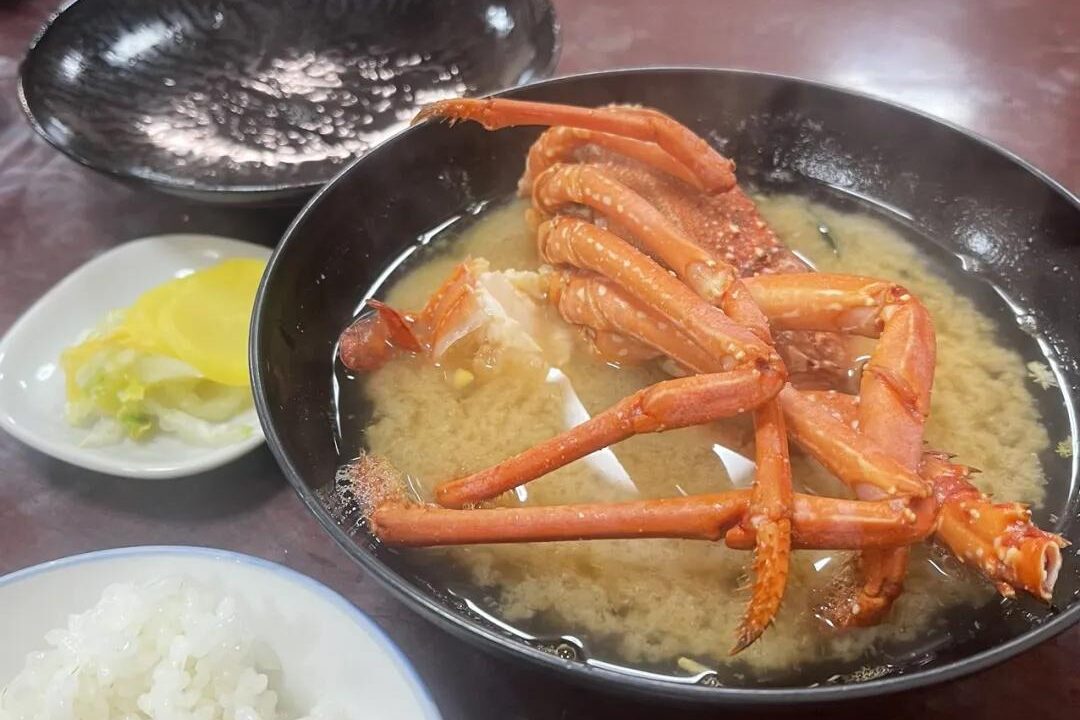
Throughout the meal, the preparation and cooking were done entirely by hand. The skilled staff worked with bare hands, using only a wet cloth for assistance. Their precision and expertise were truly impressive.
The Legendary Ama Divers of Japan
Who Are the Ama?
The word Ama literally means “women of the sea.”
Ama are traditional Japanese female divers who harvest shellfish, shrimp, seaweed, and other marine products by free diving. Male divers, called Ama-otoko, also exist, but since most divers were historically women, the term Ama became dominant.
Why Were Women the Primary Divers?
There are several theories as to why women dominated the Ama profession:
- Higher Cold Resistance: Women have more body fat, allowing them to better withstand cold waters.
- Shift in Fishing Practices: As fishing evolved, men focused on deep-sea fishing, leaving nearshore diving to women.
- Shinto Beliefs: According to Shinto traditions, women had a sacred duty to harvest abalone as offerings to the gods.
- Risk Management: Men were more prone to taking dangerous risks while hunting marine life, leading to frequent accidents, whereas women were more cautious and sustainable in their practices.
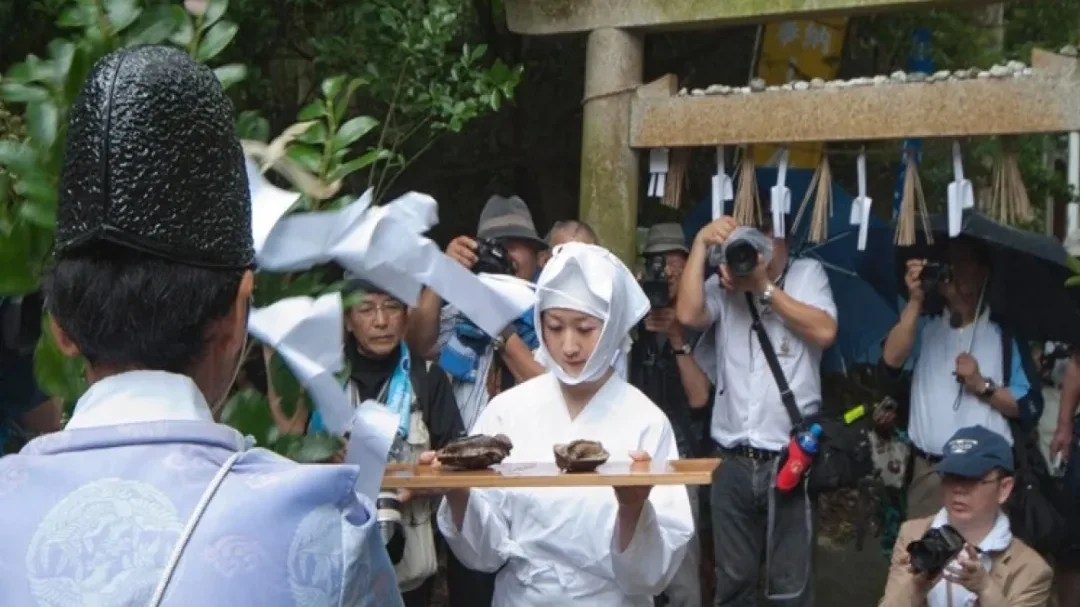
The History of Ama Diving
Earliest Written Records
The first recorded mention of Ama divers dates back to ancient China in Records of the Three Kingdoms, where coastal Japanese people were described as diving for abalone.
Japan’s oldest poetry collection, the Man’yōshū, also contains multiple references to Ama. In some regions, Ama were called “Shirouzu” or “Danjin,” reflecting Chinese cultural influences.

Archaeological Evidence
Archaeological findings in Bishamon Cave (Kanagawa), Iki Island (Nagasaki), and Shirahama (Mie) have uncovered large amounts of abalone shells, suggesting that the tradition of Ama diving dates back at least 5,000 years to the Jōmon period.
Due to its connection with Shinto rituals and imperial offerings, the Ama tradition was preserved and passed down through generations.

The Decline of Ama Divers in Modern Times
Ama in the Edo Period and Beyond
During the Edo period, dried abalone became a major export to Qing Dynasty China, leading to the expansion of the Ama profession.
In the 1960s, advancements in diving technology and the increasing popularity of Chinese cuisine in Japan, which heavily used abalone, boosted the number of Ama divers to 17,000 at its peak.
However, in recent decades, due to Japan’s aging population and declining marine resources, the number of Ama divers has plummeted and is now on the brink of extinction.
